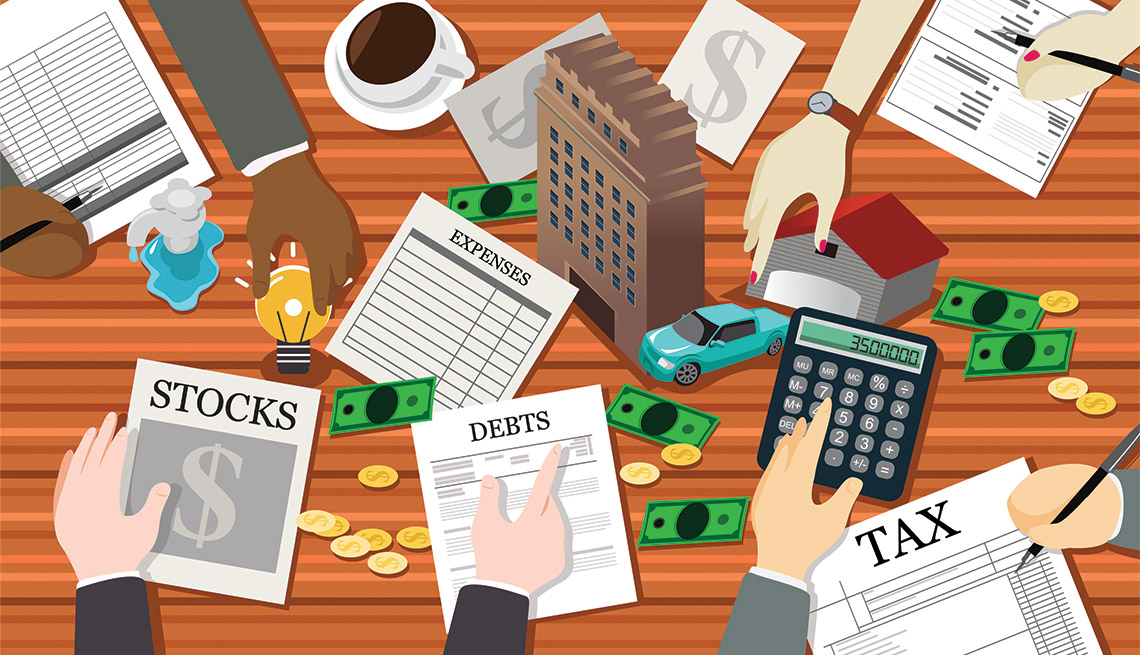AARP Hearing Center
“In a perfect world, we would all begin saving [for retirement] from the time we receive our first paycheck,” says Nicole Gopoian Wirick, a certified financial planner (CFP) in Birmingham, Michigan. “But we know life isn’t perfect, and sometimes a late start is unavoidable.”
And very common. A May 2022 Federal Reserve report found that 25 percent of nonretired adults have no retirement savings and only 45 percent of nonretired adults ages 45 to 59 believe their retirement savings plan is on track.
If you’re 50 or older and anxious about retirement, you can still build your stash — with the right moves. “It’s never too late to develop a comprehensive financial plan that is aligned with your objectives,” Wirick says.
Consider this methodical approach recommended by financial planners across the country. You may want to consult a planner in your area for advice that’s specific to your situation.
1. Refine your budget, and set up automatic savings
First, to free up cash, review your budget and eliminate any excess. Food, for example, is one area where many people overspend, says Nadine Marie Burns, a CFP in Ann Arbor, Michigan. “Making a meal plan could save over $100 per month on discarded or unused items.”
Next, calculate a realistic savings goal and figure out how much you can save automatically on a regular basis, Wirick says. If that’s overwhelming, focus on making small changes over time.
And keep in mind that you might have a lot of time. “Plan on living a really long life, possibly into your 90s, and do your retirement income calculations accordingly,” says George Gagliardi, a CFP in Lexington, Massachusetts.
At 50, the average American man can expect to live another 30 years, to 80, and the average woman another 33 years, to 83, according to Social Security Administration data. At 65, the average life expectancy is 83 for men and nearly 86 for women.
2. Pay down debt
Got credit card debt? Pay it down as quickly as you can to free up more cash to save.
Malcolm Ethridge, a CFP in Rockville, Maryland, also recommends creating a plan to pay off your mortgage by the time you retire. “Eliminating housing expenses reduces the amount of income you will need to replace on an annual basis,” he says.







































































